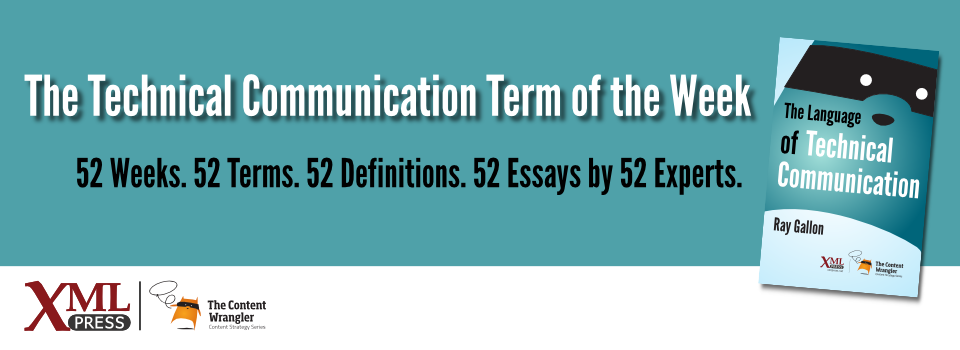What is it?
A collection of objects that can communicate and interact with each other sharing data, information, and commands across networks. These objects may be physical devices (virtual or living) and may have the capability to sense and interact with their external environment.
Why is it important?
The Internet of Things (IoT) connects many different types of objects to a variety of technologies that facilitate remote control, diagnostics, and data gathering, storage, and analysis. We can use these capabilities to design new smart products, virtual devices, product clouds, and mega-systems to create unprecedented digital ecosystems.
Why does a technical communicator need to know this?
The evolution of the Internet from a collection of protocols and billions of web pages to a network that includes an even greater number of interacting objects creates enormous challenges (opportunities). Technical communicators are discovering that each object requires content for users and developers. Some of that content is familiar, for example, programming interface manuals, but some of it will require new types of content.
Many of these objects will be smart objects that include sensors, microprocessors, data storage/analysis/controls, embedded software, and a user interface. Examples include medical devices, smart homes, smart cars, manufacturing machinery, and farming equipment. Smart objects have expanded capabilities that require more marketing, technical, and end-user content.
Smart objects are being combined into systems, such as a smart farm with smart tractors and other connected smart sensing devices. Joy Global has developed a smart mining system and connected several smart mines together.
We have documented systems and systems of systems before. For example, a fleet of ships or a manufacturing plant. However, objects and systems are rapidly becoming smarter. The IoT evolution brings a sharp and unpredictable increase in complexity. Content needs to be embedded in some IoT devices, and some IoT devices will deliver technical content in new, automated ways, using technologies such as augmented reality.
How will technical communicators address these content challenges?
Smart objects are made of smart parts. Smart parts may be software, electrical, or mechanical. Standards, modular content, and intelligent design allow these parts to be reusable, discoverable, reconfigurable, and adaptable. Content is also an important part, so we must use a similar approach and design smart, or intelligent, content that can be reconfigured as needed.
The challenge and opportunity is that the Internet is evolving not just into the Internet of Things but into the Internet of Smart Things (IoST), and content must evolve and become smarter to meet this challenge.

